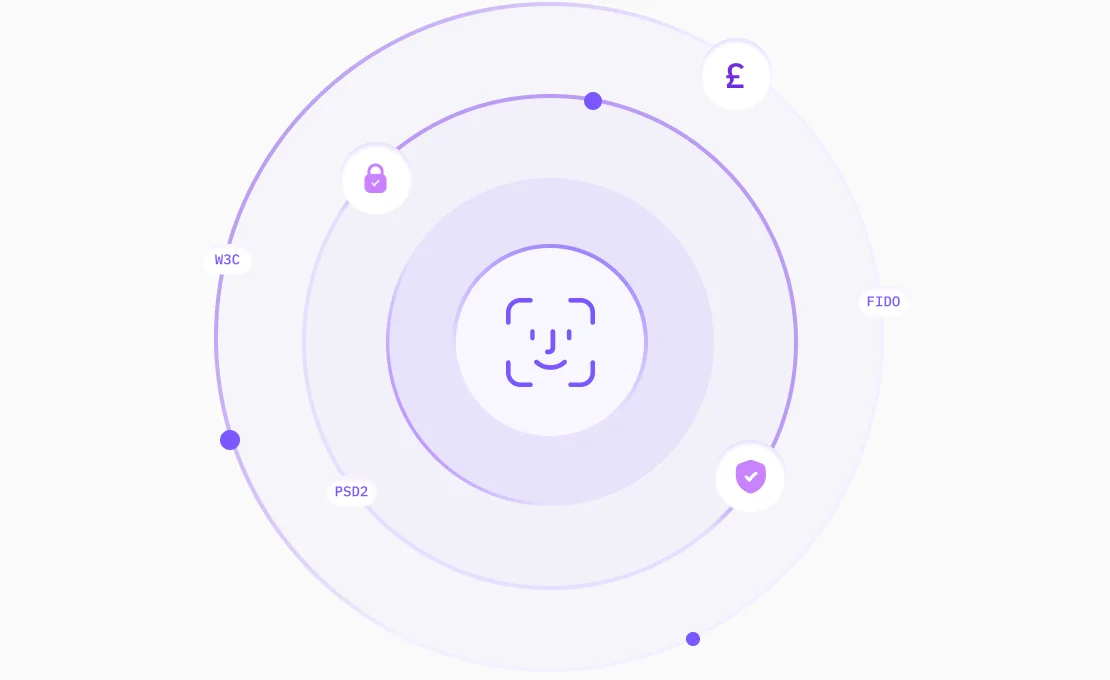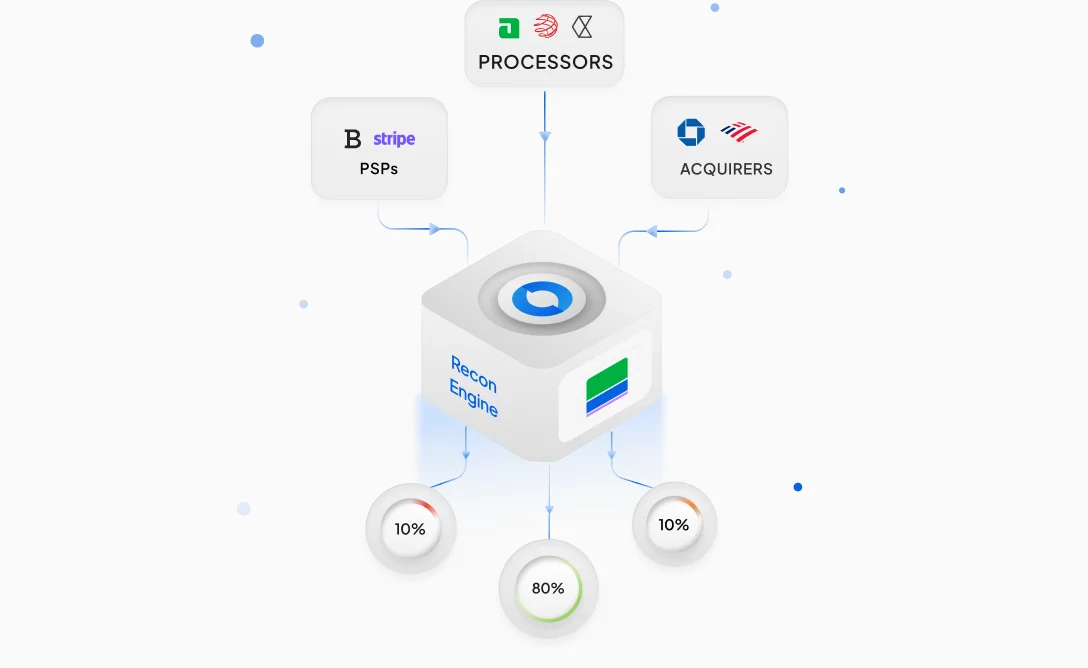When transactions turn turtle, a payment reversal can happen, leaving the customers and businesses in a bind. This situation happens when, in a transaction, funds are sent but are returned to the sender. Knowing the art and science of handling payment reversal scenarios holds the key to maintaining smooth financial operations.
What is a Payment Reversal?
A payment reversal is the method where a transaction amount, meant for the payee, is returned back to the payer. This can take place due to various reasons, such as wrong payment details or unauthorized transactions. Payment reversal meaning will differ based on the type of transaction. In short, a payment reversal makes sure the funds are reversed if a payment issue arises.
Types of Payment Reversals
There are different kinds of payment reversals, each serving a specific purpose when issues arise during transactions. Below are the common types.
Authorization Reversals
As the name suggests, authorisation reversals occur if a transaction is cancelled before it is even finalised. This situation usually takes place if the incorrect amount is keyed in or the customer understands the problem right away and stops the transaction. For instance, if a customer makes a payment of $2,000 but actually wants to pay only $200. So, now the merchant will start an authorization reversal. This process will stop the transaction from getting processed. Authorisation reversals are one of the fastest ways to get payments returned.
Refunds
Refunds are probably the most common type of payment reversal. Typically, when a customer is unhappy with a product or service, they could ask for a refund. The merchant then transfers the money to the customer’s account.
For example, if you ordered something online but when it arrives, it is broken. In this scenario, you would ask for a refund, and the amount paid by you would be reversed upon meeting any conditions.
Refunds can take a few days to come to the customer’s account, depending on the original payment method used during the purchase.
Chargebacks
Often refunds and chargebacks can seem similar. But, they are not. A chargeback is done by the customer’s bank when a disagreement emerges over the transaction.
While refunds are typically due to dissatisfaction with the product/service, chargebacks occur when the customer asserts they did not authorise the transaction or never got the product/service. The bank scrutinises such a claim and, if found justified, reverses the payment.
For example, if $5,000 was paid using a credit card for a service not provided, the customer can dispute the same, resulting in a chargeback.
Reversal adjustment
A reversal adjustment occurs when a payment is accidentally processed twice, or an error occurs in the system. This is a rare occurrence, but it can significantly affect businesses and customers. In these types of scenarios, an adjustment is done to undo the additional payment.
For instance, if a payment of €1,000 is deducted twice due to a system error, the second debit would be reversed through an adjustment.
Impact of Payment Reversals on Businesses
Payment reversals can hurt businesses when they occur too often. They lead to not just revenue loss, but also extra fees, and additional administrative work. Plus, Repeated reversals damage the reputation of a business and cause disappointment in customers.
The financial implications of chargebacks may also include penalties. This adds another cost layer. Businesses that do not effectively manage reversals risk long-term financial losses.
How to Avoid Payment Reversals
Given the possible impact, avoiding payment reversals should ideally be a top priority for businesses. To avoid payment reversals, businesses have to make sure transaction processes, double-check payment details, and provide good customer service.
Businesses can also utilise advanced systems that spot fraud and errors early. An automatic system can send alerts on likely issues before they actually escalate. This approach cuts down the possibility of reversals.
How to Prevent Payment Reversals
Cutting down the number of payment reversals requires a proactive method. Businesses must focus on two crucial parameters to lower the risk of reversals.
Prevent Chargeback Fraud
Chargeback fraud occurs when customers deliberately debate valid transactions to get a refund but want to keep the product or service. This is also called "friendly fraud."
To avoid chargeback fraud, businesses should preserve clear records of transactions and utilise advanced payment gateways that provide utilities such as fraud detection. Being transparent in their communication with customers and sharing up-to-date information about their purchases can also lower the risk of chargeback fraud.
In some cases, requiring additional verification steps during checkout can help minimise fraud.
Prevent Legitimate Chargebacks
Genuine issues, such as substandard product quality or non-receipt of goods, can trigger legitimate chargebacks. To prevent such occurrences, make sure products and services fulfil customer expectations. Provide distinct product descriptions and keep regular updates on order statuses.
Use of trustworthy shipping services can cut down delivery-related chargebacks. Explicit return and refund policies can also curb misunderstandings that may result in chargebacks.
Having robust customer service to address issues before customers tell their banks to initiate reversals.
Conclusion
Payment reversals are integral to businesses that handle financial transactions. Be it an authorization reversal, refund, chargeback or adjustment, each of these can protect the customer as well as the merchant.
Managing payment reversals effectively is vital for any business in today’s digital landscape. By understanding the different types of reversals and implementing strategies to avoid them, companies can safeguard their revenue and customer relationships.
If you are looking to optimise your payment processing and reduce reversals, consider exploring Juspay’s AIOps solutions. These are designed to streamline payment management and reduce the risk of costly reversals.
Explore Juspay’s Payment Solutions to Minimize Reversals
Juspay offers a comprehensive suite of payment solutions aimed at helping businesses manage transactions more efficiently. With Juspay’s advanced fraud detection and prevention solutions, businesses can reduce chargeback fraud and ensure smoother transactions. These solutions help you handle authorisation reversals, refunds, and chargebacks more effectively, allowing you to focus on growing your business.
























